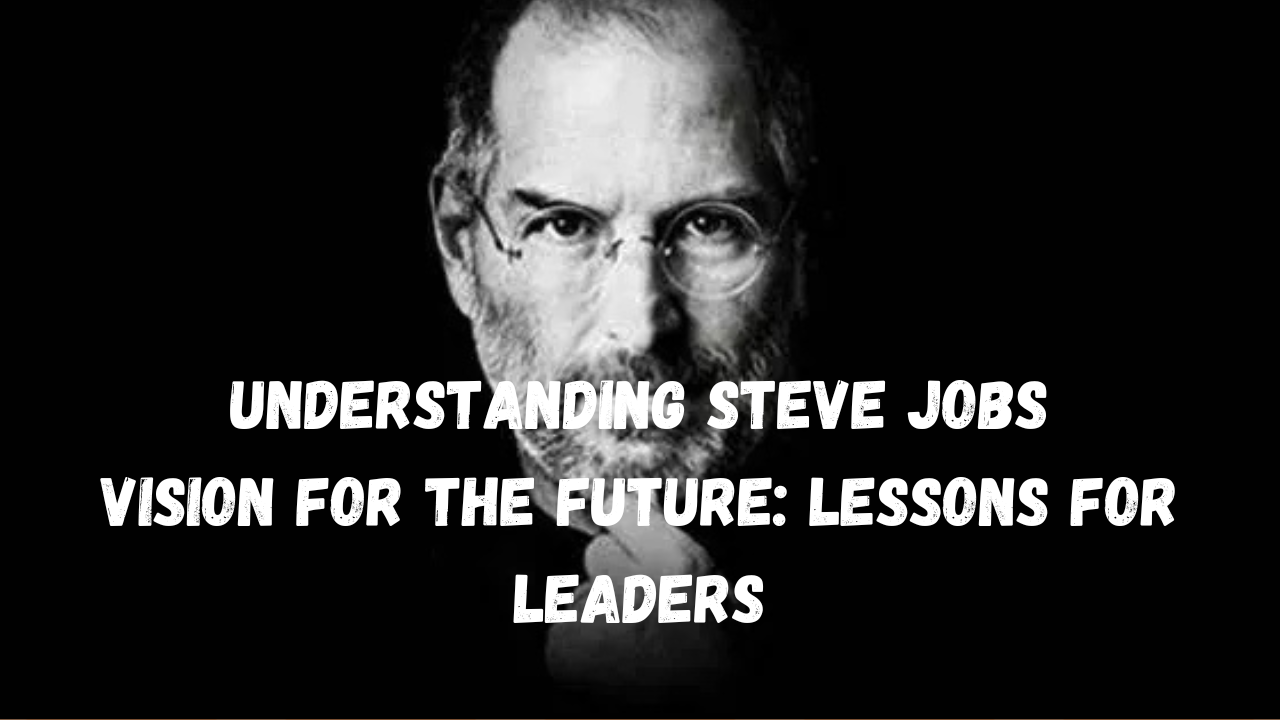Introduction
Steve Jobs was a trailblazing entrepreneur, innovator, and co-founder of Apple Inc., whose contributions transformed the tech industry. Known for his relentless passion for perfection, visionary thinking, and marketing genius, Jobs reshaped how the world interacts with technology. From the invention of the Apple I to the iconic iPhone, Jobs’ legacy continues to inspire innovation.
Early Life: A Curious Mind
Steve Paul Jobs was born on February 24, 1955, in San Francisco, California, to Joanne Schieble and Abdulfattah Jandali. Adopted by Paul and Clara Jobs, Steve was raised in Mountain View, California. His early curiosity about electronics blossomed while working with his father in their garage, a space that foreshadowed Apple’s humble beginnings.
Education and Early Influences
Jobs attended Homestead High School, where he met Steve Wozniak, his future business partner. Although brilliant, Jobs was a rebellious student, uninterested in conventional education. He briefly attended Reed College but dropped out after six months. Despite leaving school, Jobs audited creative classes like calligraphy, which later influenced Apple’s emphasis on design and typography.
The Birth of Apple: A Garage Startup
In 1976, Jobs and Wozniak founded Apple Computer in the Jobs family garage. Their first product, the Apple I, was a groundbreaking computer sold as a motherboard. Its successor, the Apple II, became one of the first mass-produced personal computers, revolutionizing the tech industry. By 1980, Apple went public, making Jobs a multimillionaire at just 25.
Vision and Leadership at Apple
Jobs’ vision extended beyond technology; he wanted to make computers accessible, user-friendly, and visually appealing. He prioritized sleek design and intuitive interfaces, setting Apple apart from competitors. This commitment to excellence became the hallmark of Apple products.
Setbacks and Growth: Jobs’ Departure from Apple
Despite his success, Jobs’ intense management style led to clashes with Apple’s board. In 1985, he was ousted from the company he co-founded. This setback didn’t deter Jobs; instead, it fueled his determination.
NeXT and Pixar: A New Chapter
Jobs founded NeXT Inc. in 1985, focusing on high-performance workstations for business and education. Though not commercially successful, NeXT’s software later became the foundation for macOS.
In 1986, Jobs acquired Pixar Animation Studios for $10 million. Under his leadership, Pixar produced groundbreaking films like *Toy Story* (1995), the first entirely computer-animated film, establishing Jobs as a pioneer in the entertainment industry.
Return to Apple: The Comeback
Apple struggled in Jobs’ absence, leading to his return in 1997 after Apple acquired NeXT. Jobs’ comeback marked a new era for the company. As CEO, he introduced innovative products like the iMac, which revitalized Apple’s brand.
The Iconic Innovations
1. iPod (2001): Jobs introduced the iPod, a portable music player that redefined how people listened to music. Its seamless integration with iTunes revolutionized the music industry.
2. iPhone (2007): The iPhone combined a phone, an iPod, and an internet communicator in one device. Its sleek design and user-friendly interface set the standard for smartphones.
3. iPad (2010): The iPad bridged the gap between smartphones and laptops, creating a new category of devices.
4. App Store: Jobs envisioned a platform for developers to create apps, which expanded the iPhone’s functionality and fueled a global app economy.
Jobs’ Leadership Style
Steve Jobs was known for his demanding and perfectionist leadership. He believed in simplicity, innovation, and pushing boundaries. His ability to merge technology with art and his commitment to quality ensured that Apple products were not only functional but also iconic.
Philosophy: “Think Different”
Jobs’ famous slogan, Think Different, encapsulated his philosophy. He challenged norms, embraced creativity, and encouraged others to pursue their passions. This mindset made Apple synonymous with innovation and elegance.
Personal Life and Legacy
Jobs married Laurene Powell in 1991, and they had three children. He also had a daughter, Lisa Brennan-Jobs, from a previous relationship. Despite his professional success, Jobs valued privacy in his personal life.
In 2004, Jobs was diagnosed with a rare form of pancreatic cancer. He battled the disease for years while continuing to lead Apple. On October 5, 2011, the world mourned the loss of a visionary as Jobs passed away at 56.
Legacy and Impact
Steve Jobs’ contributions extend beyond Apple. His work at Pixar transformed animation, while his influence on design and technology shaped industries globally. Today, Apple remains one of the most valuable companies in the world, a testament to Jobs’ enduring legacy.
Conclusion
Steve Jobs’ life is a testament to the power of vision, determination, and innovation. His journey from a garage startup to becoming a global icon continues to inspire millions. As we navigate a tech-driven world, Jobs’ philosophy of thinking differently remains a beacon for those who dare to dream.











4 thoughts on “Lessons for Leaders: Understanding Steve Jobs Vision for the Future”